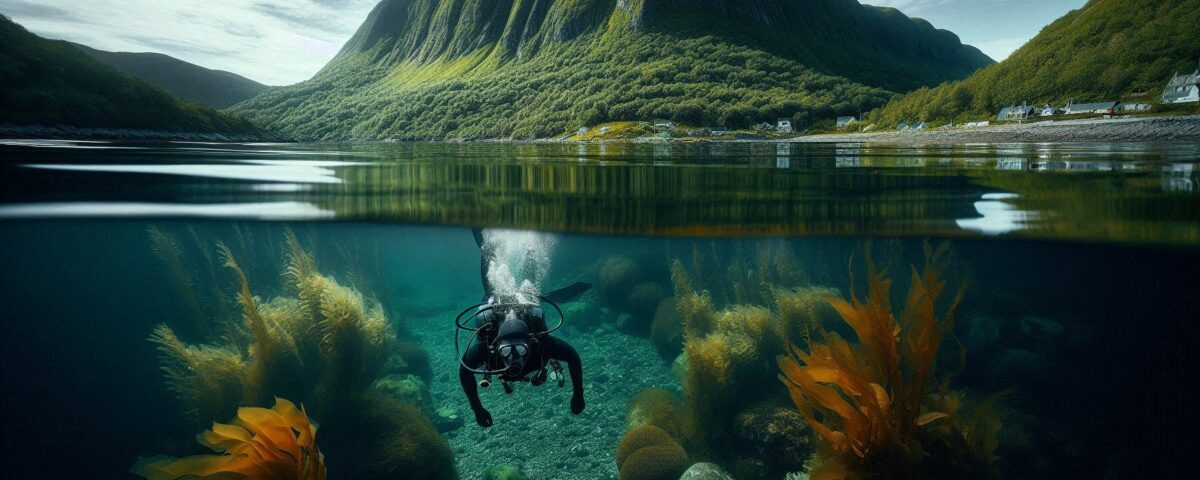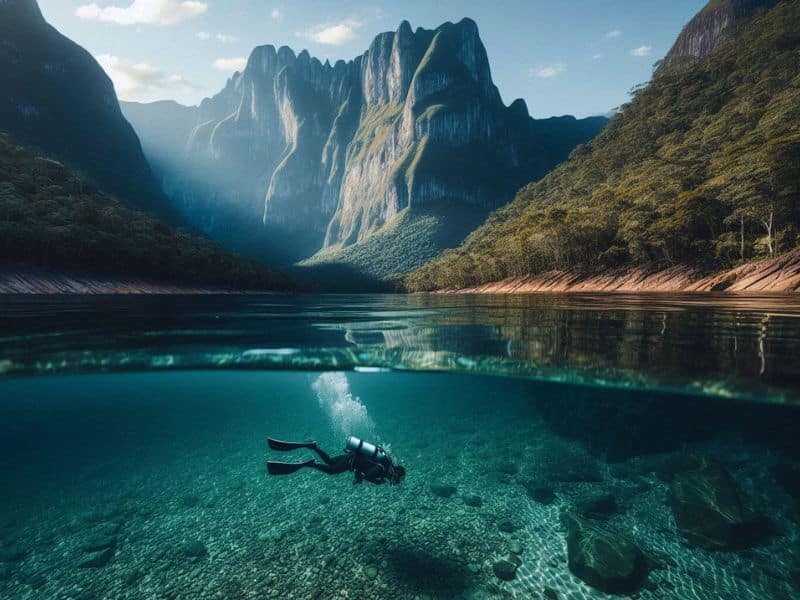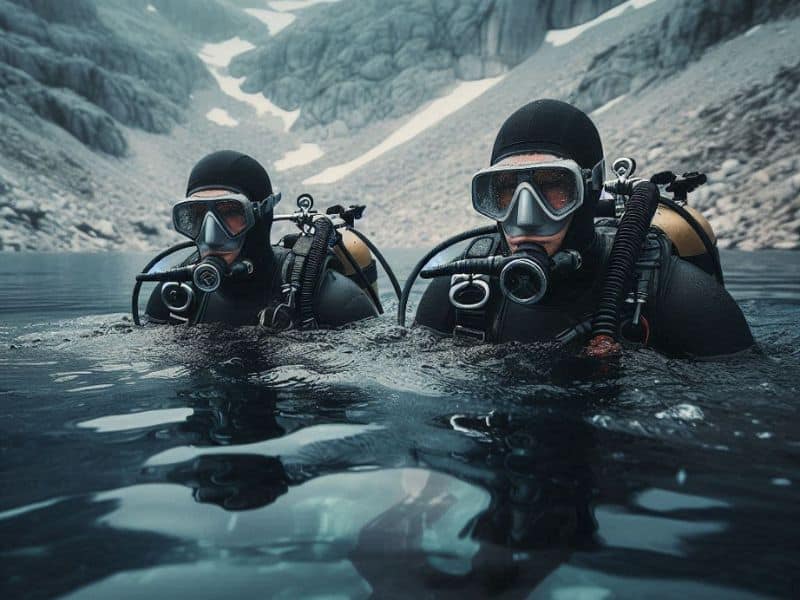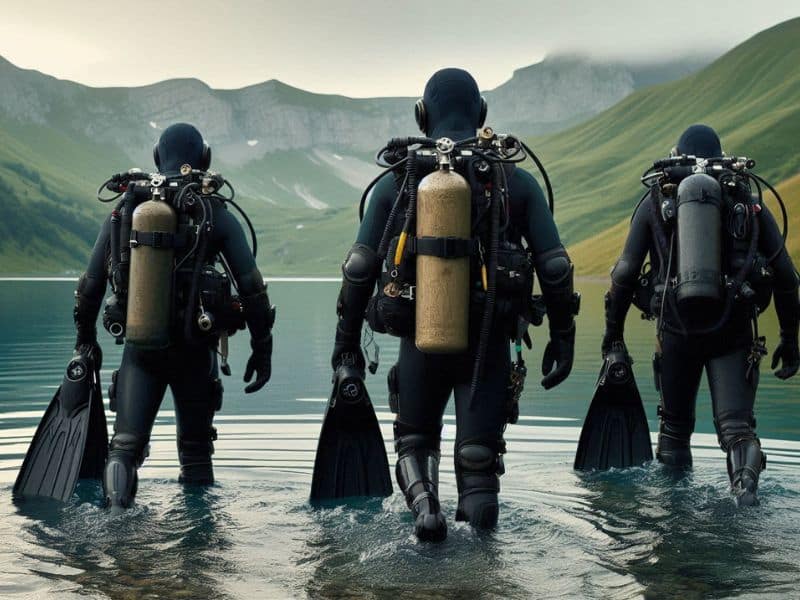Let me tell you how my friend Ana discovered scuba diving at altitude. Ana has always been an ocean lover, but in a Zen, laid-back kind of way. Her real thrill comes from jumping into the water, feeling the adrenaline, and surfacing with a smile that lasts for days, always ready for her next challenge.
Armed with her Open Water certification, she had already explored half the world, and with her Advanced Diver cert, the other half too. The Caribbean, Asia, vibrant reefs straight out of a dream—she’d seen it all, done it all. Or so she thought.
One afternoon, during an endless scroll through social media, she stumbled upon a story about scuba diving at altitude. “Diving high up in the mountains? Now, this is something new!” she thought.
For some reason, the idea of diving thousands of feet above sea level, surrounded by towering peaks, seemed perfect to her. Maybe it was the challenge. Maybe it was her love for sharing adventurous stories, or the chance to flex on social media and say, “Sure, I dive in the ocean, but I also dive in lakes at over 6,000 feet/2,000 m high. Don’t you?”
At the end of the day, though, what she really craves is new experiences, learning, and feeling alive. For her, life is about living it to the fullest. After all, if she had already dived with sharks in open water, how hard could diving in a lake atop a mountain be?
Well, it turns out there’s more to it than she thought. She knows little about altitude dive tables, high altitude dive computers, or the PADI Altitude Diver certification. But don’t worry—you will, because I’m about to break it all down for you.









